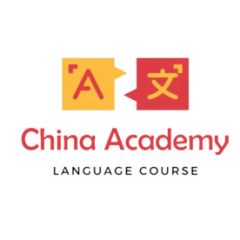Group standards are a new kind of standards, introduced by the new PRC Standardization law of 2018. Some examples are T/CNFIA 101-2017 on Coloring Foods issued by China National Food Industry Association, T/CNNS 002-2018 for Meal Replacement issued by the China Nutrition Society and T/GDL 1-2019 issued by Guangdong Light Industry Alliance for Resistant Dextrin.
In general, standards are classified into national standards, industry standards, local standards, group standards and enterprise standards. Only national standards can be mandatory standards; all other standards are recommended – meaning that they are binding only if a company chooses to follow them.
A specific condition for all non-mandatory standards is that their requirements shall not be lower than the relevant technical requirements of the mandatory national standards. For example:
National standards, industry standards and local standards are issued by governmental authority (usually, for food industry, the Ministry of Commerce).
Enterprise standards are basically drafted by enterprises and are not subject to a strict governmental control. For food industry, they are only subject to recordation with the local branch of the National Health Commission, subject to a procedure of public notification.
Group standards are different in this regard. They do not descend from any governmental source; they are in fact issued by “groups”, such as societies, associations, Chambers of commerce, federations, industrial and technological alliances and other social organizations, with the aim to coordinate relevant market entities for meeting the needs of the market and innovation. They are adopted by the members of such organizations – through specific procedures in compliance with the internal rules of any such organization – by agreement or for voluntary adoption by the members of such organizations.
No governmental approval or recordation is involved. Their compliance with mandatory PRC laws and regulations review is supervised by the food and regulatory experts involved in their draft.
For the time being, it appears that some local authorities – who, depending on the location, still lack of proper food safety knowledge – have a careful and unfamiliar approach towards group standards, and still prefer to rely on “traditional” standards such as national standard, local standard, industry standard or even enterprises standards.
However, group standards can be considered as a tentative by PRC government to test if industry can play an important role in standardization; government is trying to have food industry taking lead and responsibility in this regard. In a strong top-down system such as the PRC’s, it will be very interesting to see whether a bottom-up approach can succeed.




